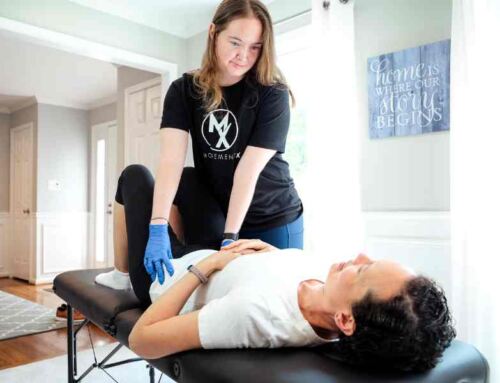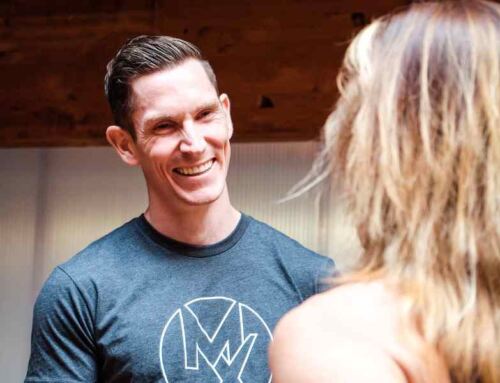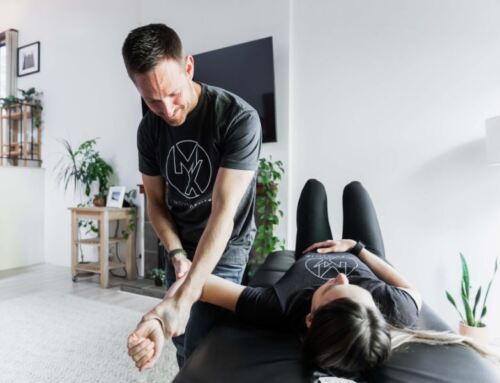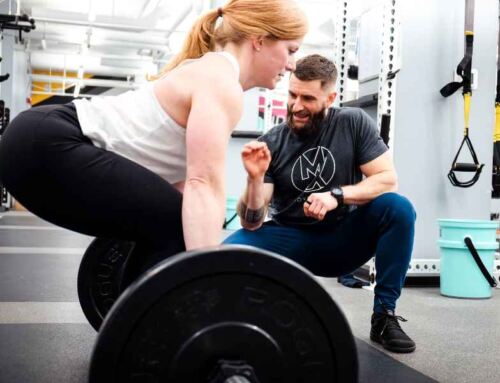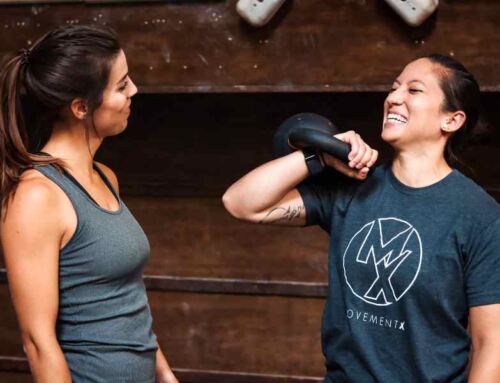Have you ever flowed through a yoga class feeling grounded in one pose but shaky and breathless in another? What if that instability wasn’t a sign of weakness or being out of practice but an invitation to explore strength where you need it most?
Yoga invites us to find balance—between effort and ease, movement and stillness, strength and surrender. Yet, beneath the graceful flow lies a quiet demand for stability and control. Whether you’re guiding others as a teacher or deepening your personal practice, discovering where strength supports movement can transform your experience on the mat.
But why explore strength in a practice often associated with flexibility and relaxation? And how can strength training complement yoga without feeling rigid or overwhelming? Let’s dive in together.
Rethinking Strength in Yoga
We often think of yoga as a practice of flexibility, balance, and mindfulness. And while it absolutely is, yoga also asks us to hold space with strength—to stabilize in the face of challenge and flow with control. Think about the quiet intensity of balancing in Warrior III or the strength required to transition from Chaturanga to Upward-Facing Dog. These moments aren’t just about flexibility—they call for a deep connection to stability and resilience.
But here’s something to consider: the repetitive nature of yoga—whether flowing through Sun Salutations or resting in long-held restorative postures—can create imbalances if the same movement patterns are practiced without adequate strength. Less about accuracy, and more about recognizing where you could offer your body more support. For example:
Chaturanga Dandasana: Repeated without balanced engagement can lead to shoulder strain or wrist discomfort.
Forward Folds and Seated Postures: Frequently practiced in Yin or meditation can overstretch hamstrings and the lower back without supportive strength in the glutes and core.
Standing Balances: Like Tree Pose or Warrior III, ask for powerful stabilizers in the hips and ankles. If these areas aren’t supported, repetitive practice may lead to compensation patterns or discomfort.
By intentionally building strength in these areas, we can create more freedom in our movement and longevity in our practice. Strength training in between your yoga practices can allow you to explore postures with stability and ease.
Finding Common Ground: Yoga Philosophy and Strength
At first glance, strength training and yoga might seem worlds apart. One might feel rigid, while the other flows. But if we look a little closer, they share a common purpose: cultivating balance, awareness, and resilience.
In yoga philosophy, sthira sukham asanam (from Patanjali’s Yoga Sutras) describes the ideal posture as both steady (sthira) and comfortable (sukham). It’s the harmony between stability and ease that allows for a posture to feel both grounded and expansive.
Strength is a pathway to that steadiness. It’s not just about muscular power; it’s about the stability and control that allows ease and freedom.
Functional strength training invites us to explore that stability in a purposeful way, just like yoga invites us to explore movement with breath and awareness.
This harmony of strength and stillness allows us to experience postures from a place of groundedness and grace. We don’t want to force the body into shapes but creating the space and stability needed to flow into them with confidence.
Exploring Balance for a Sustainable Practice
Yoga comes in many forms—from dynamic Vinyasa flows to the stillness of Yin or Restorative practices. Each of these asks for a unique balance of strength, stability, and mobility:
Dynamic Flows (Vinyasa, Power Yoga): Invite us to transition fluidly between postures. This requires dynamic stability, especially in the shoulders, core, and hips.
Static Holds (Yin, Restorative, Meditation): Ask for deep postural stability and joint integrity. Without strength to support flexibility, long holds can lead to overstretching or joint discomfort.
Incorporating functional strength training between yoga sessions can support this balance by:
Building Postural Stability: Strengthening the deep stabilizers around the spine and hips to create integrity in long-held postures.
Enhancing Dynamic Movement Control: Preparing the body to transition between poses with stability and balance.
Improving Joint Resilience: Developing strength around vulnerable joints like the shoulders, knees, and wrists to create a sustainable practice.
Feel like too much?
If strength training feels foreign or intimidating, you’re not alone. For many yoga practitioners, the idea of lifting weights or doing resistance exercises feels like stepping into a completely different world. But remember, every practice feels unfamiliar until it doesn’t.
Functional strength isn’t about heavy lifting or intense workouts. It’s about mindful movement, just like yoga. It’s about supporting your body’s ability to move freely and safely, on and off the mat.
Exploring Progress: Test-Retest for Mindful Growth
One way to explore strength with curiosity (and without judgment) is to use test-retest measures:
Choose a Movement to Explore: Pick a posture or transition that feels challenging (e.g., Chaturanga, Warrior III, or Crow Pose).
Incorporate Functional Strength Exercises: Practice the exercises listed below consistently for 4-6 weeks.
Revisit the Movement: Notice any shifts in stability, control, or ease. Approach this with curiosity—what feels different? Where do you feel more grounded?
This isn’t about “achieving” a pose. It’s about exploring how strength supports functional movement and stability, allowing you to experience postures with greater awareness and ease.
5 Functional Strength Exercises to Support Your Yoga Practice
Dead Bug – Builds deep core stability, supporting balance in standing postures and transitions.
Hip Thrust – Strengthens the posterior chain, creating balance for forward folds and seated postures.
Single-Leg Deadlift – Enhances hip stability for standing balances and dynamic transitions.
Push-Up Variations – Develops upper body and core strength, supporting Chaturanga and arm balances.
Bear Crawl – Improves shoulder stability and core control for dynamic flows and inversions.
Try incorporating these exercises 2-3 times a week, moving with intention and awareness.
Curiosity and Exploration: What’s Next?
Your movement is a journey of self-discovery. By exploring strength, you’re not just building muscle—you’re building confidence, awareness, and resilience. You’re inviting curiosity into your practice, allowing yourself to feel grounded and free.
If you’re curious about how functional strength can support your yoga practice, consider exploring more or seeking guidance from a physical therapist or yoga instructor who understands functional movement. Whether you’re a teacher supporting your students, a practitioner exploring advanced postures, or someone curious about starting yoga, strength invites you to find balance—on and off the mat.
The next time you step on your mat, notice where you feel grounded and where you feel challenged. What if every wobble or shake was an invitation to explore strength where you need it most?


